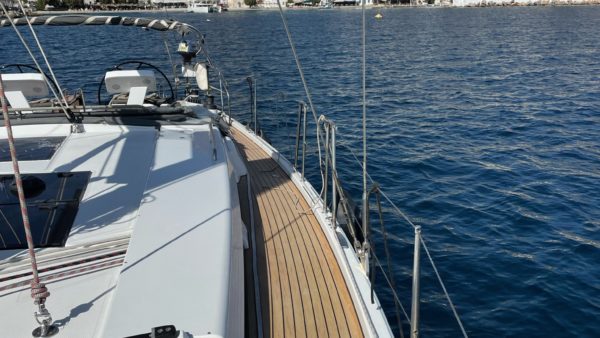Im Mai 2014 hatten wir einen unglaublichen Bootsausflug mit der Organisation „I.C.E.N.A.i“, einem Meeresbiologen an Bord und nur einer sehr kleinen Gruppe.
Wir haben eine große Anzahl von Meeressäugern hautnah erleben dürfen. „Brydewale“, „Gewöhnliche Delfine (delphinus delphis)“ und „rote Thunfische“.
Menschen sollten sich an unsere schöne Welt und Ozeane erinnern, anstatt sie jeden Tag zu zerstören.
Zu den jeweiligen Sichtungen hat uns der Meeresbiologe umfängliche Informationen gegeben und alle unsere Fragen beantwortet.
Es war ein großartiges Erlebnis!





There is 1 comment
Ric O’Barry chose Taiji because it was a clenaer story: Dolphin round-up, sale of the photogenic victims to buyers, and slaughter of all of the rest. The fishery is not making enough money on the meat to justify the effort, so without the captive animal trade it would go under.But the story gets more complicated: The captive animal trade is going on all over the South Pacific; dolphins are captured that end up in dolphinariums and dolphin swim experiences everywhere. If you have seen a captive dolphin at a theme park, or swam with one somewhere, you have witnessed this brutality in action.Purportedly parks and aquariums in the US are prohibited from accepting dolphins procured this way. But the loophole is that they can take dolphins that are already in captivity from parks or aquariums that are going under. Thus there are a lot of dolphin laundries that open up to take in dolphins, then go out of business and have to place their stock.I understand that the Tijii dolphins sell for $150k to $200k. Perhaps more now that they are under global scrutiny. Let folks know about this, as it will hopefully stem the popularity of these cruel, exploitative facilities.